Green infrastructure is designed to capture and store stormwater or release it in ways that don’t cause flooding and include rain barrels and cisterns, as well as constructed green spaces like rain gardens, green roofs, enhanced tree pits, or swales.
Rain barrels and cisterns
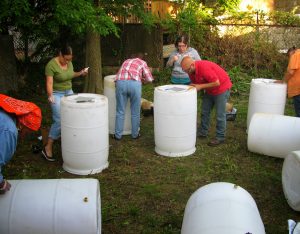
These containers capture stormwater from roofs and save it for another use. Cisterns are larger versions of rain barrels that collect from multiple roofs.
Community benefits: conserves water, reduces water fees, reduces combined sewer overflows.
Rain gardens
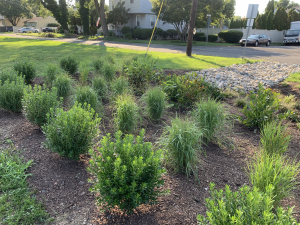
During dry weather, these look like simple gardens. When it rains, stormwater flows in and seeps into the ground.
Community benefits: neighborhood beautification, adds green space, improves air quality, reduces heat island effect, reduces flooding, reduces combined sewer overflows.
Pervious pavement
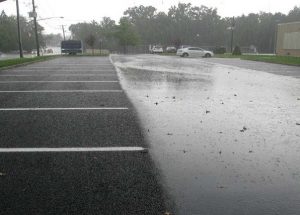
This type of paving material allows water to seep in rather than rush off into sewers. It can be used for many paved areas.
Community benefits: filters and cleans stormwater, reduces combined sewer overflows.
Green and blue roofs
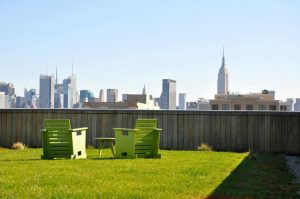
Blue roofs are designed to retain and slowly release water after a storm. Green roofs are planted with grass and other plants.
Community benefits: cleans and stores stormwater, reduces combined sewer overflows.
Green streets
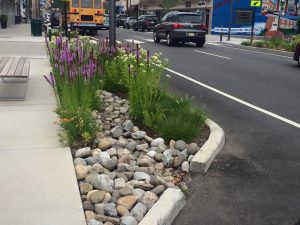
When cities make major repairs to streets, they can include designs for areas with grass and trees to absorb stormwater.
Community benefits: neighborhood beautification, adds green space, improves air quality, reduces impacts of combined sewer overflows.
Enhanced tree pits
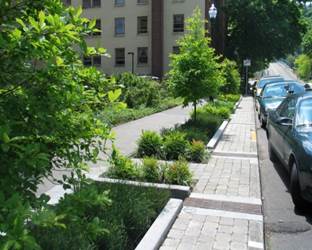
Runoff from the street is diverted by a curb cut and routed into an enhanced tree pit, where specially engineered soils and native plant species absorb water and filter associated pollutants. In some enhanced tree pits, storage chambers hold additional runoff, available for plant uptake or groundwater recharge.
Community benefits: neighborhood beautification, increases property values, adds green space, improves air quality, reduces heat island effect, cleans stormwater, reduces combined sewer overflows.
Planting trees
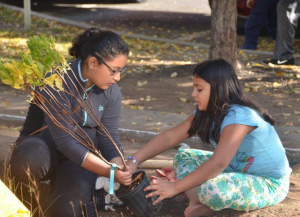
Community benefits: neighborhood beautification, increases property values, adds green space, improves air quality, reduces heat island effect, cleans stormwater, reduces combined sewer overflows.
More information on green solutions:
New Jersey Green Infrastructure Municipal Toolkit
New Jersey Developers Green Infrastructure Guide
